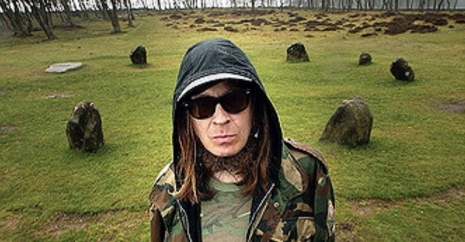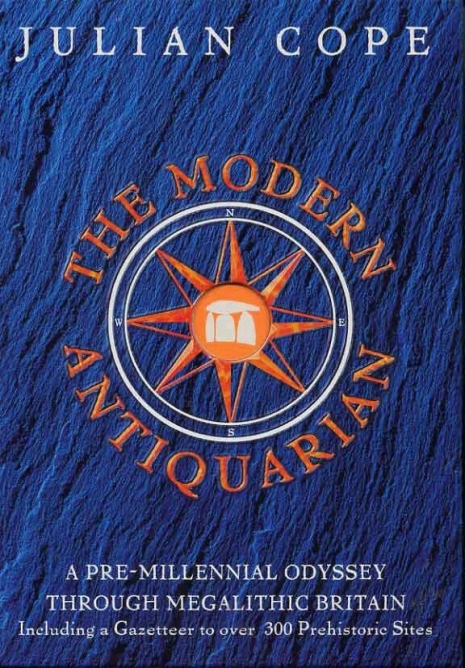
Sure, everyone knows about Stonehenge, but it might not be quite as widely known that stone rings and megaliths dating back several thousand years, well before the birth of Christ, are quite common in Europe and especially Great Britain. Julian Cope, formerly of the Teardrop Explodes, set out to remedy that with his stupendously informative books The Modern Antiquarian: A Pre-Millennial Odyssey Through Megalithic Britain (1998) and The Megalithic European: The 21st Century Traveller in Prehistoric Europe (2004).
One of Cope’s pet tropes is the concept of “moving forward,” an idea strong enough to yoke his original clan in the postpunk movement and his country’s forebears of the Neolithic era (4500-2000 B.C.), as in his opening salvo, which runs, “Rock and roll didn’t start off as an excuse for sloth. It started off because people were forward-thinking mofos.” Amusingly, at one point Cope compares the druids responsible for a given megalith as exhibiting the same mentality as “glam rockers.” This theme would find even deeper expression in Cope’s sprawling 2012 book Copendium.

Cope’s enthusiasm is undeniably infectious, whether in his survey of Krautrock, his investigation into Japanese rock, or his obsession with megalithic stone circles. In 2000, between the publication of the two books, the BBC aired an hour-long program called The Modern Antiquarian in which Cope drives all around Britain for two weeks in order to visit the many remarkable hill forts, monuments, stone circles, and barrows, especially in the west and far north of Britain.
Stonehenge and Avebury are the two best-known sites, but to his credit Cope does not emphasize them much, opting instead to show off locales such as the Standing Stones of Stenness and the Ring of Brodgar in Orkney, Scotland, which may well be the oldest henge site in the British Isles; Long Meg and Her Daughters in Cumbria, the sixth-largest stone circle in Britain; and the Callanish Stones in the Outer Hebrides, which was possibly a prehistoric lunar observatory.

Section of the Ring of Brodgar, in Orkney, Scotland
It’s difficult to look at the meticulously arranged stones and not wonder what it could all have been about. This is far from the often hoax-y realm of crop circles—after all, this may be the earliest tangible evidence of religious or scientific feeling in ancient peoples. Cope penetratingly points out that any of these constructs suggests the existence of “free time,” in that a culture that was scrapping for mere survival could never have undertaken such projects.
Continues after the jump…






